High pressure cleaning is a great way to quickly clean any outdoor area. From patios and decking to roofs, gutters and even children’s playground equipment; a pressure washer can blast away all of that dirt, cobwebs and mud in an instant! But did you know that these machines can also help to kill off germs and bacteria too? In fact, studies have shown that using a high-pressure cleaner can actually be one of the most effective ways to reduce exposure to airborne germs and endotoxin.
But just like any power tool, there are certain risks involved in using a pressure washer. Incorrect use of the machine, a lack of training or inadequate protective clothing can all contribute to serious injuries such as chemical burns or puncture wounds from the water jet. In addition, improper handling and a lack of knowledge about the correct use of chemicals can cause damage to surfaces being cleaned as well as potential environmental damage.
Fortunately, professional manufacturers strive to make their pressure washers as safe as possible by offering a wide range of safety features. For example, some models come equipped with an automatic shut-off system which is activated if the trigger remains unattended for a period of time. This helps to minimise the risk of accidents and prevent any dangerous water leakage. Other systems such as Micro Leakage Control, which is able to detect even small leaks in the hydraulic circuit, can shut down the machine before any accidents can occur.
High pressure cleaners are extremely versatile and can be used for many different types of tasks, but they are especially useful in industrial applications where a large amount of dirty materials need to be removed from the surfaces of tanks, buildings, vehicles and other machinery. The powerful spray of a high-pressure washer can remove loose paint, mould, algae, moss and other types of stubborn dirt from surfaces and objects.
These high-powered water jets can be used to clean the surface of a wide range of other surfaces too, such as glass, concrete and paving slabs. High-pressure cleaning can also be used to remove rust, oxidised paint and other substances from metals such as stainless steel, aluminium or galvanized iron.
Cleaning and disinfecting are important aspects of any workplace, but they can be hard to accomplish without the right equipment. A high-quality and ergonomically-designed machine combined with appropriate training, safety clothing and the right chemicals will help to maximise productivity while minimising risks.
Despite the potential risks associated with working with high-pressure water, some people are still keen to carry out DIY cleaning projects with their own machines. This is a risky move, however, as many DIY pressure washers are ill-equipped and inexperienced. Injuries caused by mishandling a high-pressure hose can be extremely severe and potentially fatal, including the loss of limbs and brain damage. Inexperienced users can also fall off ladders while trying to clean gutters and roofs or become caught in the path of a rogue water jet, resulting in severe injuries and lengthy recoveries.
